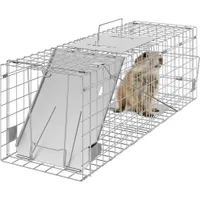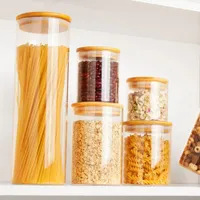How to get rid of rodents in walls – 5 foolproof steps to evict these pests humanely
While this may seem a challenging task, getting rodents out of your walls is a relatively simple process with these steps from experts


We all hate it when a guest overstays their welcome, but when this involves them chewing through wires, spreading bacteria, eating any food they can get their paws on, and scuttling around behind the walls, it's time to take action to see them out. Of course, we are not talking about your ordinary houseguests but rodents who may have taken up camp in your walls.
If you've noticed the signs you've got rodents living in your walls, such as gnawing and clawing, you'll want to take action before the situation advances into a full-blown infestation. While getting rodents out of your walls without having to break through them may seem like an impossible feat at first, it can be done reasonably easily with the correct techniques.
In this guide, we lay out the steps from professionals to effectively remove rodents from your walls and prevent their return without harming them or causing damage to your home. So, whether you need to get rid of mice, rats, raccoons, or any other small rodent, you've come to the right place.
How to get rid of rodents in walls
'Rodents like homes for several reasons, including food, shelter, and warmth. When they get in your walls, they build nests and multiply fast,' warns Georgios Liakopoulos, pest control expert at Fantastic Pest Control.
'When you're dealing with a rodent in walls, one thing I can tell you for sure – don't use poison. Rodenticides take days to kill the rodent while it's hiding behind the wall, so you'll end up with a dead animal rotting inside your house.' That's why this rat poison mistake is always best avoided.
The best way to expel rodents from your walls is to adopt a humane approach that focuses on safely removing them from property without killing or harming them. Not only does this method simplify the process, but it also helps mitigate the need for costly cleaning services that might even require walls to be knocked down.
1. Determine the type of rodent you have in your walls
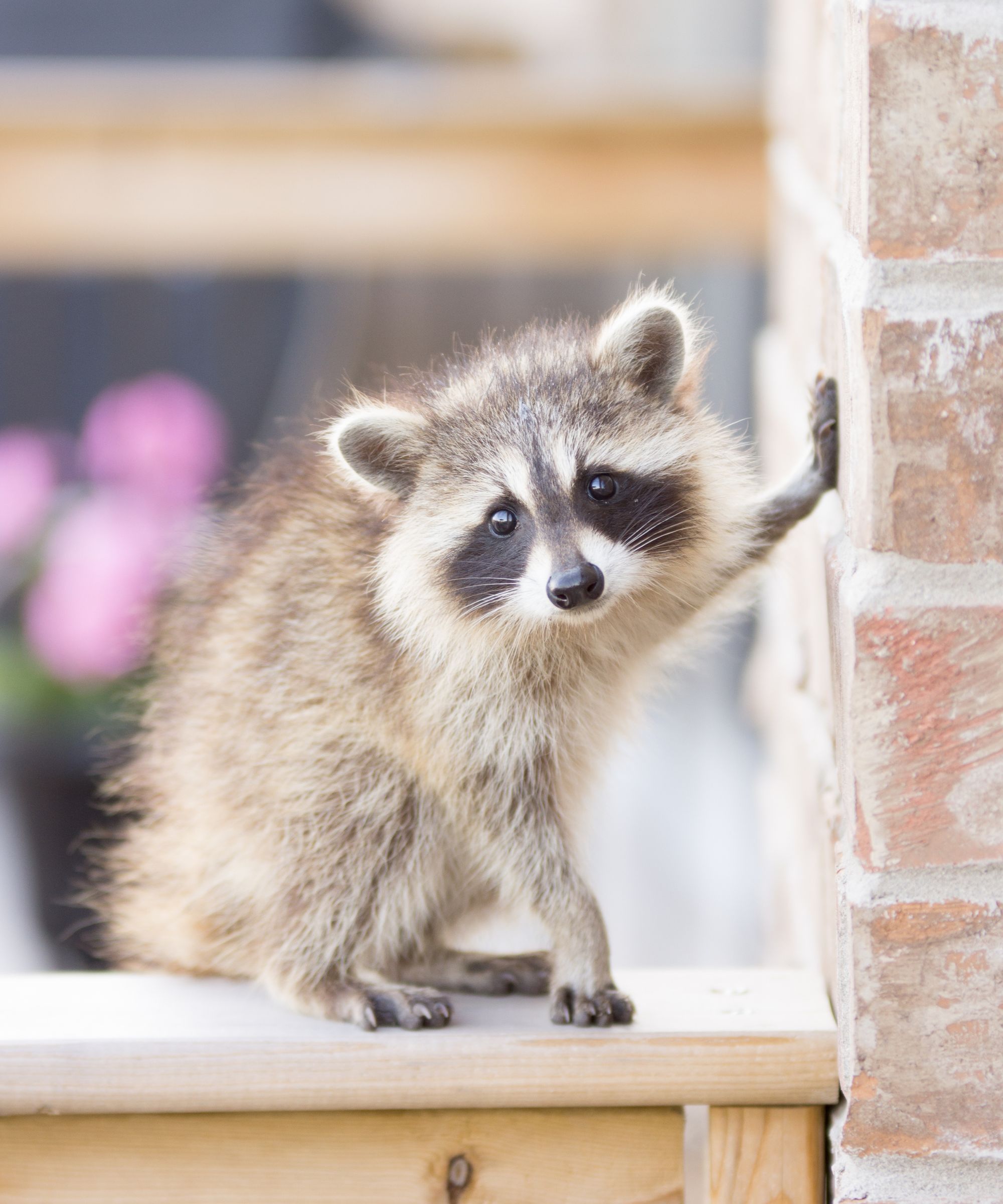
The first step is to accurately identify the type of rodent that has infiltrated your walls. This will help you in selecting the appropriate traps and bait for their removal, as well as determining the most effective techniques based on their behavioral patterns – such as targeting times when they are away and actively foraging for food. Additionally, pinpointing their species will help you determine the most effective deterrents to discourage their presence in the future.
Design expertise in your inbox – from inspiring decorating ideas and beautiful celebrity homes to practical gardening advice and shopping round-ups.
Mike Londry, founder and CEO at Westside Pest Control breaks down how to distinguish the rodents you're dealing with based on the type of noise you’re likely to hear:
'Mice: Mice are silent movers, and typically not heard in walls unless there is a very low roof on a house or a poorly insulated ceiling or crawlspace. If you listen very closely, one of the telltale signs you have mice is that they can be heard scratching walls, squealing, and running across the ceiling.
'Rats: Scratching, scurrying, gnawing noises. If the noise that you’re hearing in the ceiling or under floorboards is loud, it’s likely not mice, but rats. Rats are nocturnal, so they are most active at night and during dawn/dusk. It's likely rats will venture in and out on a food run, which is important to bear in mind when attempting to get rid of rats.
'Squirrel: Scratching noises can be heard running around in attics and wall voids. They can produce repeated scraping or rubbing sounds. Squirrels could be louder during breeding months: early spring (February/March) and late summer (July/August). Young squirrels will often let out chirping noises during the day.
'Raccoon: If it sounds like there’s actually a person living up there thumping and stomping around, then you’ve likely got raccoons!'
2. Locate their entry point(s)
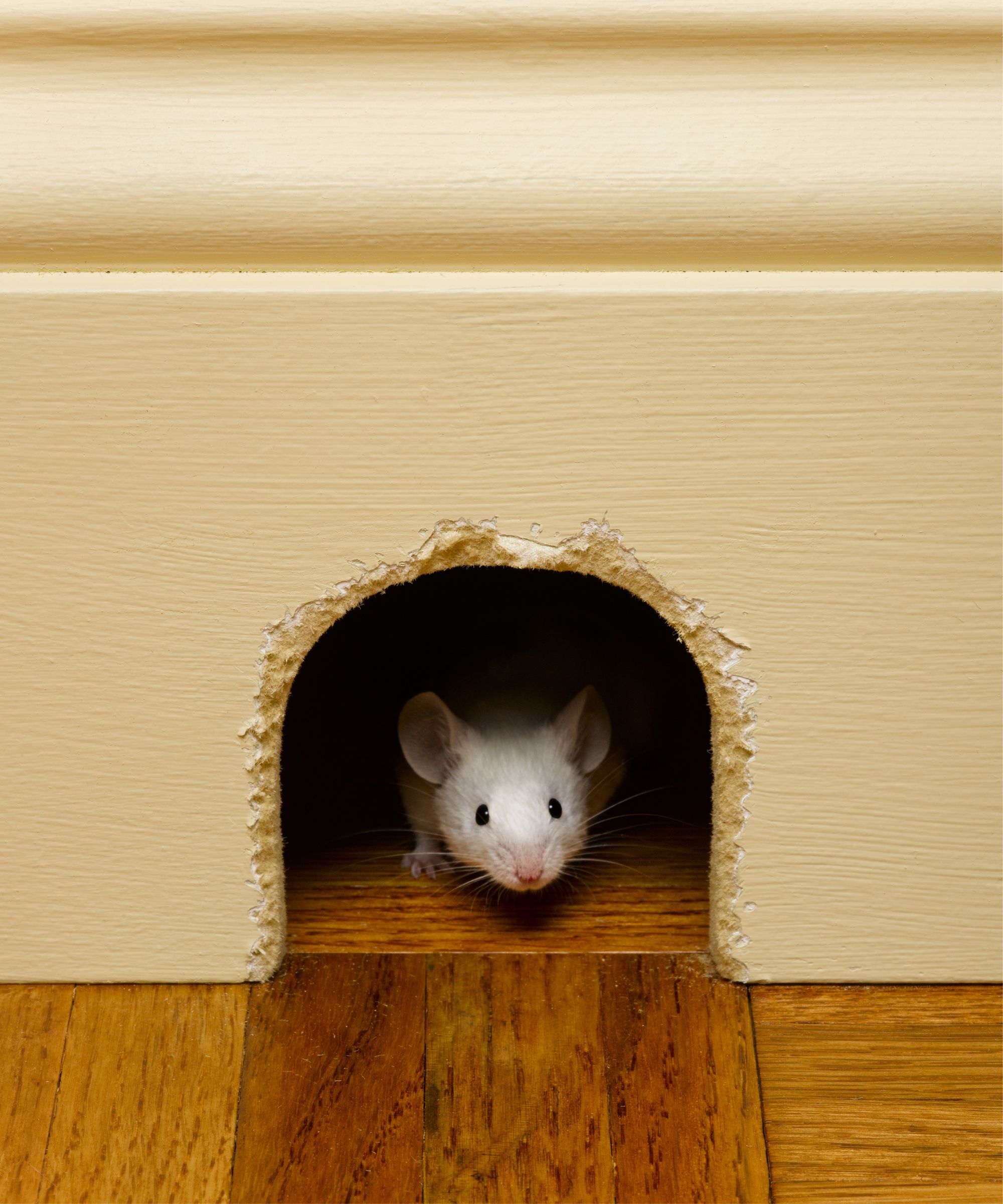
The only way to get rid of rodents for good is to find out how they get inside your walls. You can keep rodents out of your house by sealing these entry points, however, you shouldn't seal these until you're sure there aren't any rodents left in your walls.
'Aside from listening for where scurrying noises in the walls or ceiling are, look for droppings, gnaw marks, paw prints, chewed wires, small holes, or devices in walls or nests,' recommends Jim McHale, CEO and president of JP McHale Pest Management. 'These are all common signs rodents have moved in and should give you an indication about where they are getting in and out from.
'Wall gaps, vents, pipes, and utility lines are common rodent entry points. Inspect your home for gaps or cracks in windows, doors, walls, flooring, and the foundation. Inspect your attic and basement for signs of rodent activity.'
Once you've located where the rodents have got into your walls, you can target these spaces to lure rodents out to remove them from your property.
3. Set up live traps
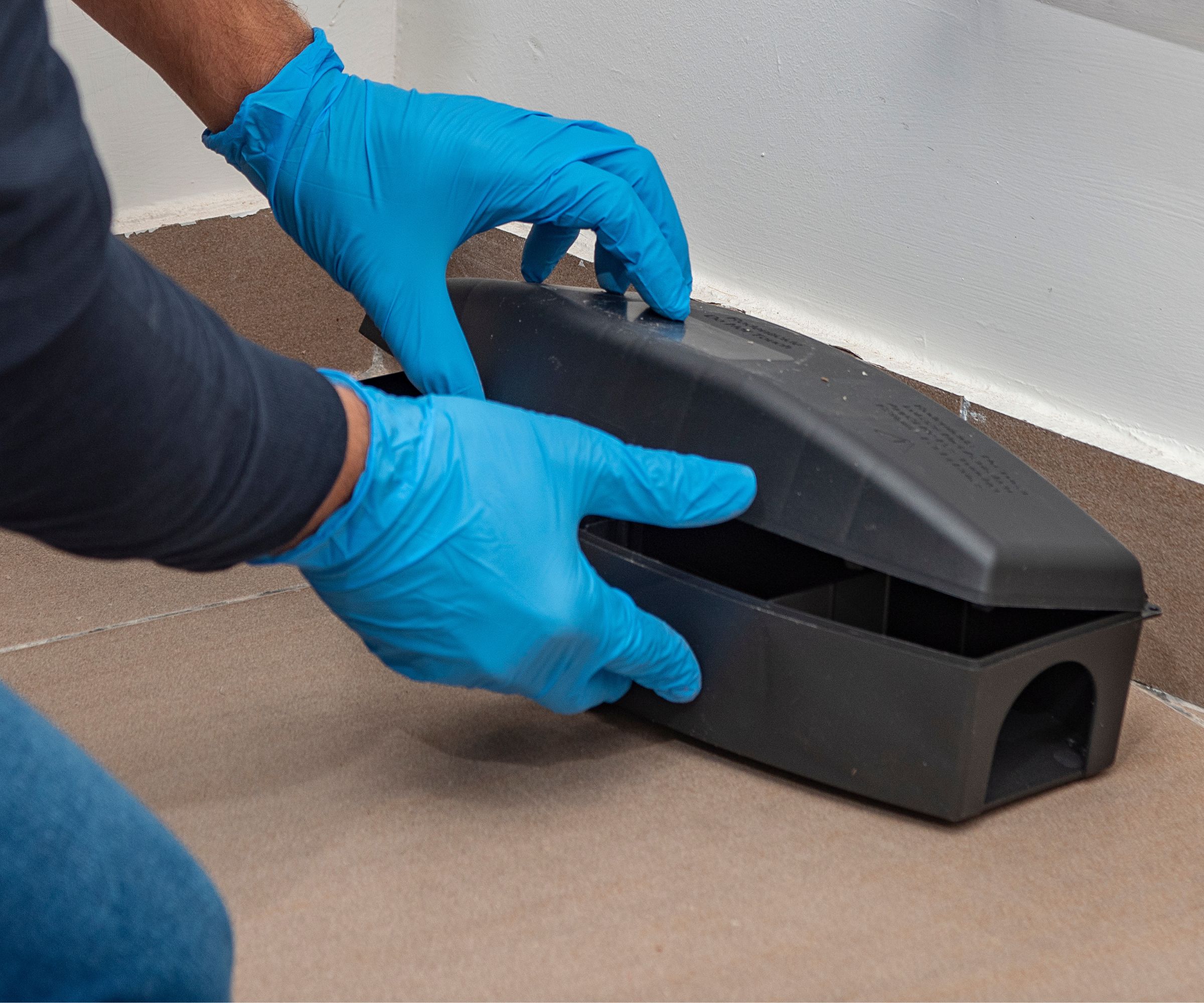
Perhaps the best way to remove rodents from your walls is to set up live traps that bait and capture rodents without harming them. This humane method allows you to get rid of and release these unwanted pests far from your property.
With live traps, you can entice rodents out of walls and into traps that close when the rodent enters with bait. The key to doing this successfully is understanding the rodent's patterns and behaviors.
For instance, Georgios Liakopoulos explains: 'Rodents who live inside walls don't leave their nests during daylight hours; instead, they come out at night looking for food. You can catch mice or rats using traps at this time.
'Traps have to be placed right and in places they will feed.' This should be somewhere dark and sheltered, where they will feel safe, preferably near their entry/exit to your walls and living space, like along walls, and in areas where rodents are active.
Additionally, Dr. Kathryn Dench (MA VetMB), chief scientific advisor at Paw Origins explains: 'Rodents are neophobic, meaning they are wary of new objects in their environment. Knowing this, I recommend placing unbaited, unset traps in their habitat for a few days before activating them. This gives them an opportunity to get used to the trap and increases the efficacy of live traps when you apply the bait and set them.'
The most effective baits will also depend on the type of rodent, but usually, peanut butter, seeds and nuts, chocolate, or even pet food will be effective.
The live trap you use will come with instructions for how to set it up with the bait. Once set up, regularly inspect the traps.
When a rodent has been caught, assess the security of the trap to ensure it can't escape, wear protective gear, and take the trap with the captured rodent to a safe outdoor space that is far away from your home. Here, you can gently remove it from the trap. The best way to do this is to leave the trap on the floor and open it, letting the rodent make its own way out.
After that, a new round starts. Disinfect the trap with a solution of water and vinegar before rinsing it (so the odor doesn't deter the rodents from the trap), and set it up with new bait to catch the next pest. Keep repeating this process until you are sure there are no longer any rodents living in your walls.
Although this method is very effective, Georgios Liakopoulos warns: 'It's only a good strategy if there are only a few rodents in your house. A larger infestation may require professionals to exterminate these rodents.'
VEVOR Live Animal Cage Trap | Was $34.99, now $29.96 from Amazon
This humane trap measures 24" x 8" x 8", making it ideal to get rid of raccoons, squirrels, groundhogs, and opossums by capturing them before safely releasing them elsewhere.
For smaller rodents that can slip through small holes, such as to catch mice, a live trap without holes (aside from air holes) will be a better option.
4. Seal entry points

Once you are confident all rodents have been removed from your walls, it's time to seal any entry points so this issue is unlikely to arise again in the future.
'Rodents can squeeze through surprisingly small openings, so sealing these entry points is the best line of defense,' says Jim McHale. 'Mice can fit through a hole the size of a dime, meaning being thorough when closing cracks and crevices is key to preventing mice from getting into your house!'
Fill gaps and cracks in walls, floors, pipes, and vents with caulk or expanding foam. If you are worried about rodents attempting to burrow or eat their way into certain spaces, use steel wool, since they won't be able to get through this. You can use this Rhodes American steel wool from Walmart.
5. Make your home an unattractive environment for rodents
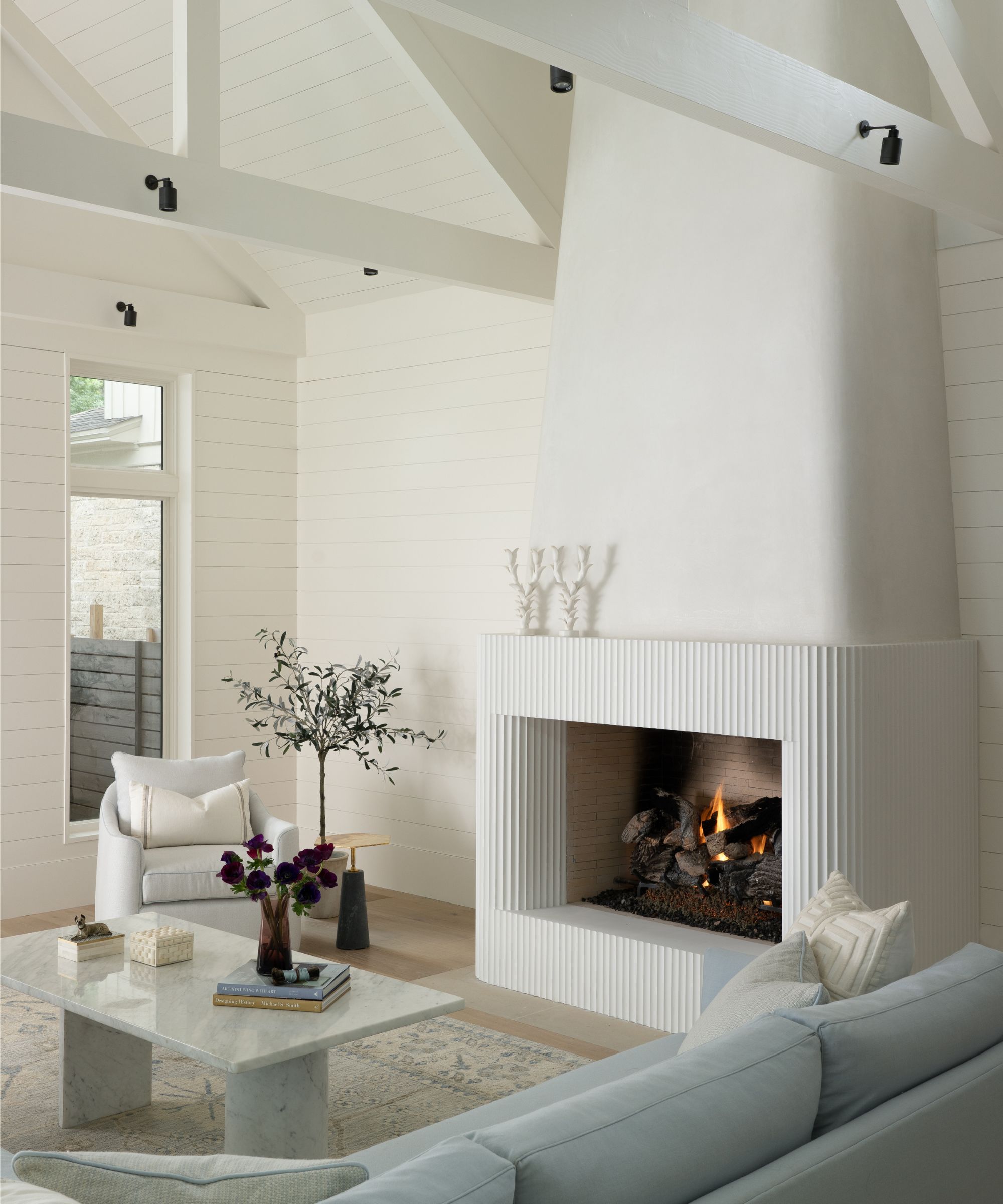
The presence of rodents in your walls is, unsurprisingly, a good indicator that there is something about your home that is attractive to them, and therefore what is to say other rodents won't be tempted to live in your walls?
To ensure this won't be an issue that repeats itself, implementing some deterrents and removing any potential sources of attraction to your home and walls for rodents should save you the hassle of having to go through this process.
Here are some ideas:
Implement ultrasonic pest repellents
'Ultrasonic pest repellents emit ultrasonic waves, which deter mice and rats, as well as other small animals like squirrels and chipmunks,' explains Georgios Liakopoulos. 'It emits high-frequency sound waves that are imperceptible to humans, but drive pests away effectively.'
You can place these around the home, targeting areas where you worry rodents may be attracted to or are most likely to enter your walls. We recommend using this pack of six ultrasonic pest repellers, from Amazon.
You can also consider how to strategically place ultrasonic pest repellers when attempting to lure rodents into live traps, perhaps by putting them near walls located far from the rodent's entry point, to guide them in that direction, where the live trap will be poised.
Use natural deterrents
While you can find commercial deterrents online, natural alternatives are always a safer, more environmentally friendly option, especially when they are being used in homes with children and pets, and many of these you may already have at home as one of your pantry staples. It's a simple matter of working out which scents repel the type of rodent you are dealing with and placing these tactically to repel rodents from your walls and home.
For instance, Georgios Liakopoulos explains: 'Citronella, peppermint, lemon, and eucalyptus oils repel mice. 'Place cotton balls soaked in clove oil, cayenne pepper, or peppermint oil to get rid of mice in areas where they've been.
'Alternatively, you can make a spray by mixing 2 teaspoons of oil with 1 cup of water or rubbing alcohol. Anywhere you see rodents, spray it. It will take about a week for the spray to work, and the cotton balls should be replaced after two weeks.'
Rodents have a strong preference for certain pathways and dislike open spaces, so by applying scents they find repellent along these pathways, you can make the experience less enticing and encourage them to leave the building.
Declutter and clean
It's important to carefully consider what it is in your home rodents might find attractive in order to properly address these.
As we know, these pests love food and are also drawn to spaces with easy access to water, especially in drier months. So, be sure not to leave any food out, ensure all food is covered at all times in airtight containers, and deep clean areas of your home like the dirty hidden areas of the kitchen we forget to clean, such as under appliances and cabinet shelves. You should also ensure that no standing water or leaks are providing rodents a tempting source of water. By consistently adhering to these cleaning tips, you will remove the main sources of attraction that are tempting rodents to take up residence in your walls.
In addition to routine cleaning sessions, adopting some decluttering tips will also deter rodents from your home. Rodents love clutter since it provides a great space to hide and nest.
VTOPMART Glass Canister Set | $26.99 from Walmart
These vacuum-sealed food containers can prevent rodents from smelling or accessing food.
FAQs
How do you determine whether you have rats or mice in your walls?
Mike Londry explains how to differentiate between rats and mice in your walls: 'If the noises you’re hearing in the ceiling or under floorboards are loud, it’s likely not mice, but rats.
'Rats are nocturnal, so they are most active at night and during dawn/dusk. Mice are silent movers, and typically not heard in walls unless there is a very low roof on a house or a poorly insulated ceiling or crawlspace.'
What's the best non-toxic rodent repellent?
If you are looking for an effective rodent repellent online, Jeremy Yamaguchi, CEO of Lawn Love, recommends Natural Armor’s all-natural rodent shield from Amazon for a rodent repellent. 'In addition to being natural and non-toxic, it’s a particularly effective repellent, he explains. 'It comes with a spray attachment to make it easy to spray it both on the exterior perimeter of your home, as well as in your home’s problem areas like your basement and attic.'
If the rodents in your walls persist despite your catching and releasing many of them, chances are you have an infestation. The best course of action is to call in professional pest control experts, who will have specialized tools and knowledge to tailor the removal of these pests to your home.

Lola Houlton is a news writer for Homes & Gardens. She has been writing content for Future PLC for the past six years, in particular Homes & Gardens, Real Homes and GardeningEtc. She writes on a broad range of subjects, including practical household advice, recipe articles, and product reviews, working closely with experts in their fields to cover everything from heating to home organization through to house plants. Lola is a graduate, who completed her degree in Psychology at the University of Sussex. She has also spent some time working at the BBC.
